Advertisement
Preshaped anatomic allograft glenoid reconstruction
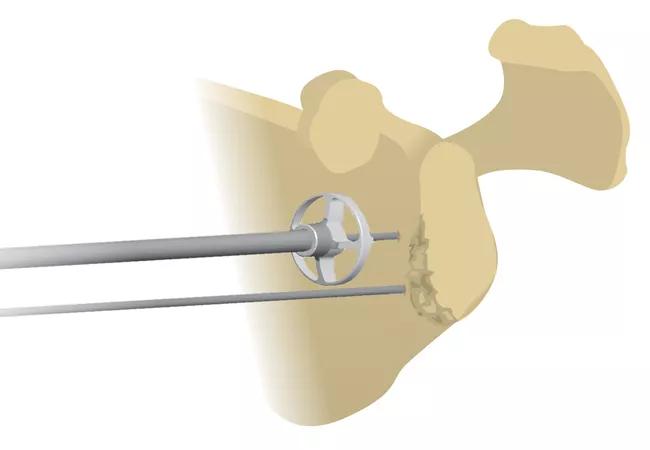
By Anthony Miniaci, MD
Advertisement
Cleveland Clinic is a non-profit academic medical center. Advertising on our site helps support our mission. We do not endorse non-Cleveland Clinic products or services. Policy
Recurrent anterior shoulder instability continues to be a challenging clinical entity due to high complication rates. But this challenging scenario is also driving the development of creative new treatment options.
First-time shoulder dislocations result in significant glenoid and humeral head bone defects, both of which tend to be aggravated in recurrent dislocations with anteroinferior glenoid rim deficiency of up to 90 percent. The pooled rate of recurrence after primary anterior shoulder instability is estimated to be 21 percent. The incidence of primary anterior shoulder dislocations has been reported as 26.9 per 100,000 person years in the U.S. for both primary and recurrent dislocations, resulting in more than 80,000 emergency department visits.
Both glenoid and humeral defects should be addressed to optimize surgical outcomes, avoid nonphysiological stress to the repair and improve the effectiveness of instability procedures. Previous studies demonstrate that humeral head defects of > 25 percent require surface reconstruction. Similarly, glenoid defects larger than 15 to 20 percent require bony reconstruction, particularly with concurrent humeral head defects. Prognostic factors such as young age and competitive participation in contact sports substantially increase the recurrence risk and demand reconstruction of both humeral and glenoid bone deficiencies.
Over the last decade, arthroscopic Bankart repairs have fallen out of favor due to higher failure rates, and attention has shifted to bony procedures. Bristow and Latarjet procedures are considered the gold standard for recurrent anterior shoulder instability. However, systematic reviews report an overall complication rate of 30 percent. Perioperative complications include neurovascular injury, hematoma, infection, coracoid fracture, graft mismatch, malalignment and failure.
Postoperative complications of persistent instability, redislocation or subluxation most often occur in the first postoperative year. Nonunion or osteolysis of the coracoid graft and hardware complications drive revision and reoperation rates. Limited mobility or loss of range of motion, including subscapularis deficiencies, persistent pain and high rates of radiographic degenerative changes, all warrant the search for alternative approaches.
Advocates of the Latarjet technique attribute the success of the procedure not only to the bony buttress at the anterior glenoid, but also to the sling effect created by the conjoined tendon. Studies from Mayo Clinic and Cleveland Clinic have shown that repairing the bony deficits on both sides of the joint will restore 100 percent of inherent shoulder stability. In addition, no clinical differences have been shown between Bristow and Latarjet procedures in augmentation of anterior glenoid bone loss with and without the soft tissue sling.
Advertisement
The goals of new surgical solutions are to reduce the complication rate; lower the learning curve, technical demands and procedure time; and avoid the deficits and complications of nonanatomic procedures. Reproducibility of new techniques is key to the success of novel approaches. Multiple graft sizes, anatomical shapes, an instrumented guidance system that facilitates glenoid preparation, graft positioning, screw placement, suture management and soft tissue repair all play an important role in the standardization of the procedure with the potential to minimize complications and optimize outcomes.
Recently, preshaped, predrilled human cortical allograft implants (Glenojet™ Latarjet Allograft System; Arthrosurface, Franklin, Massachusetts) have been introduced to address some of the aforementioned challenges. The off-the-shelf sterile grafts are available in two sizes (10mm x 29mm, and 13mm x 34mm) and are contoured to match glenoid geometry. The smaller graft is more commonly used to reconstruct defects of 20 to 30 percent of the glenoid. The larger graft allows for glenoid reconstruction beyond 30 percent bone loss.
The combination of guided instrumentation and preshaped/predrilled grafts greatly reduces conventional Latarjet surgical procedure time and technical difficulties (Table 1). The surgeon uses a deltopectoral approach to expose the anterior glenoid though a subscapularis split or tenotomy. A cannulated guide determines the position and orientation of two parallel pins, which produce a flush anterior glenoid surface preparation and facilitate graft placement and orientation of two bicortical glenoid fixation screws (Figures 1-4). The ease of the technique makes this an attractive alternative for glenoid reconstruction in bony Bankart lesions or failed Bristow-Latarjet procedures.
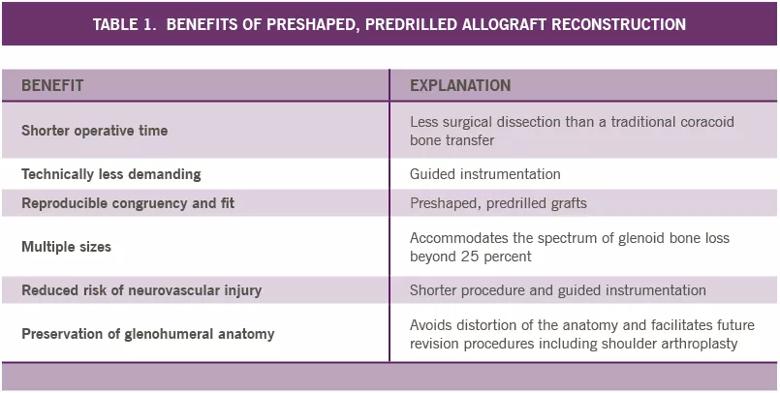
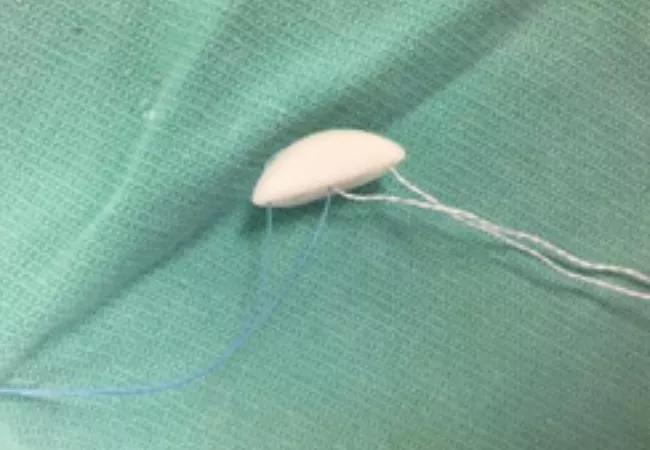
Figure 1. Two examples of preshaped, predrilled anterior glenoid allograft implants.
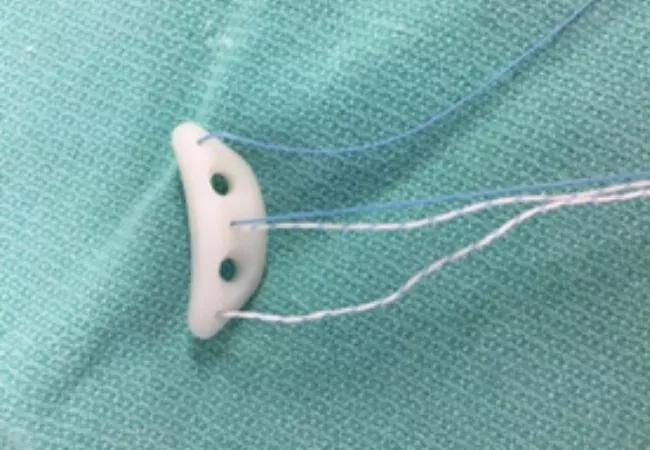

Figure 2. Guided instrumentation and parallel pin placement.
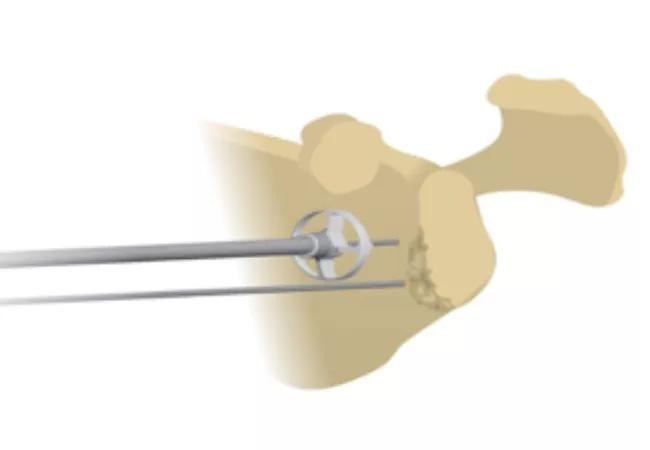
Figure 3. Surface preparation of the anterior glenoid face.
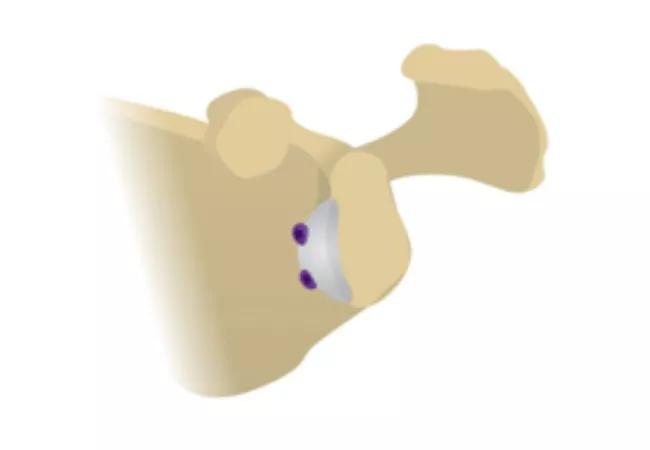
Figure 4. Placement and fixation of the Glenojet graft.
To date, over 20 patients with recurrent shoulder instability have undergone the procedure at our institution. Most had failed previous stabilization procedures. Short-term follow-up of 12 to 24 months is promising, with no evidence of clinical failures and no episodes of recurrent instability. With any bone grafting procedure, there are likely to be issues with nonunion or resorption. But early clinical results are good, and show reduced neurologic risks.
We have found that this novel approach to anterior glenoid reconstruction is technically easier to perform, affording less surgical dissection than traditional coracoid bone transfer procedures. Short-term outcomes are reassuring, though higher case volumes and longer follow-up are needed to assess its clinical effectiveness in recurrent anterior shoulder instability.
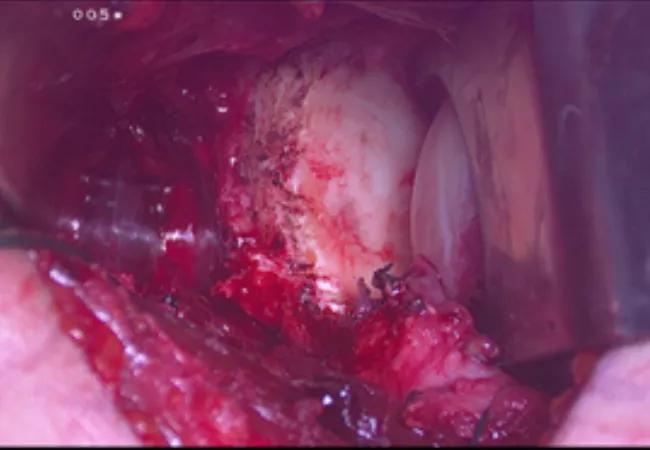
Intraoperative imaging showing anterior glenoid defect.
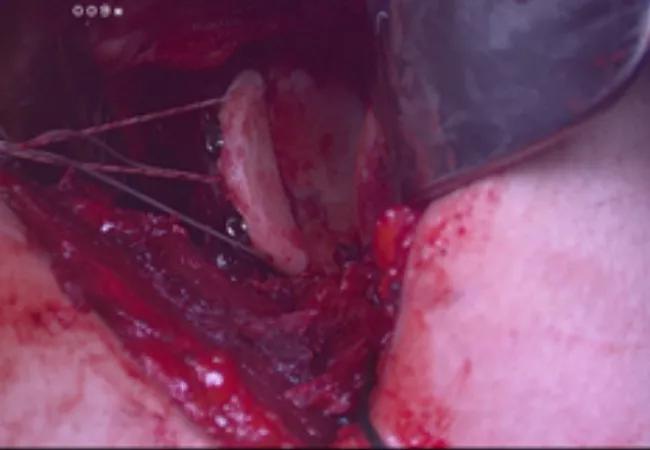
Bone graft fixed in place with two screws.
Advertisement
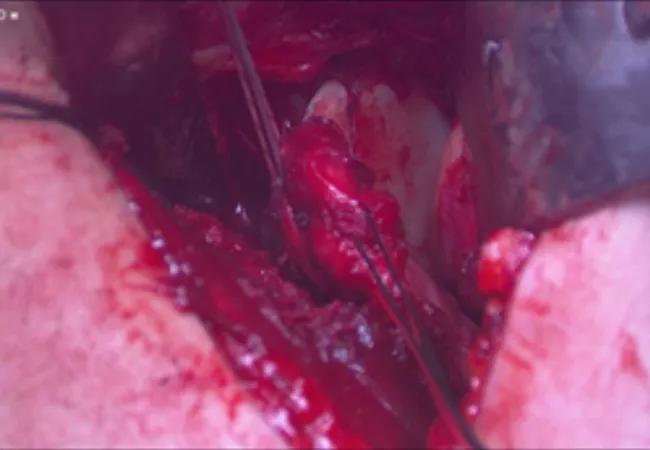
Capsule repaired to bone graft.
Dr. Miniaci has extensive experience in shoulder and knee reconstruction and cartilage resurfacing and speaks frequently at national and international meetings and events. Dr. Miniaci reports that he receives financial support (consultant fees, speaker fees, honoraria, royalties, stock options) from Arthrosurface, Inc.
References
Griesser MJ, Harris JD, McCoy BW, Hussain WM, Jones MH, Bishop JY, Miniaci A. Complications and re-operations after Bristow-Latarjet shoulder stabilization: a systematic review. J Shoulder Elbow Surg. 2013;22(2):286-92.
Delaney RA, Freehill MT, Janfaza DR, Vlassakov KV, Higgins LD, Warner JJ. 2014. Neer Award Paper: neuromonitoring the Latarjet procedure. J Shoulder Elbow Surg. 2014;23(10):1473-80.
Provencher MT, Frank RM, Golijanin P, Gross D, Cole BJ, Verma NN, Romeo AA. Distal tibia allograft glenoid reconstruction in recurrent anterior shoulder instability: clinical and radiographic outcomes. Arthroscopy. 2017;33(5):891-897.
Smucny M, Miniaci A. A new option for glenoid reconstruction in recurrent anterior shoulder instability. Am J Orthop. 2017;46(4):199-202.
Advertisement
Advertisement
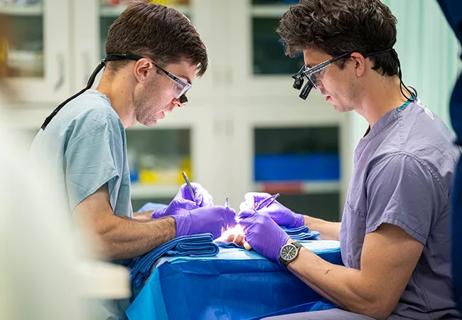
Cleveland Clinic specialists offer annual refresher on upper extremity fundamentals
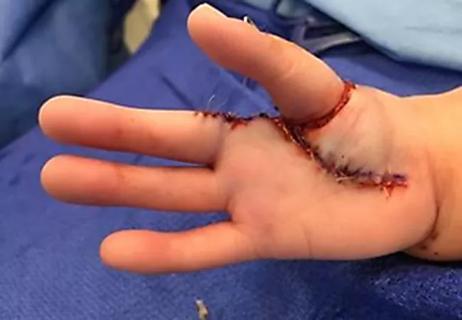
Latest concepts in the surgical creation of functional, opposable thumbs in early childhood

CT imaging using radiopaque markers can help assess healing after surgery
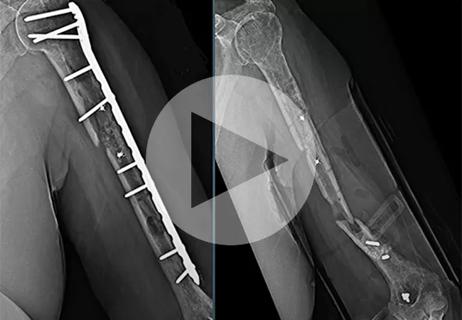
Finally, a solution after multiple revision surgeries for delayed bone healing, loose hardware and unrelenting infection
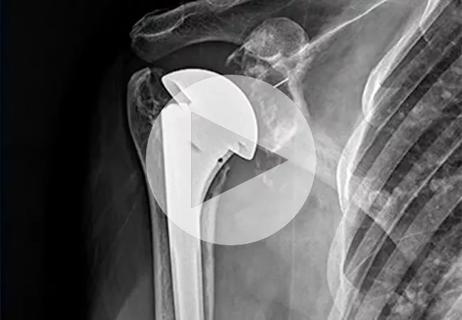
Iliac crest structural autograft repairs large, uncontained defect

Two cases show multiple factors to consider

Orthopaedic oncologist discusses the complex case
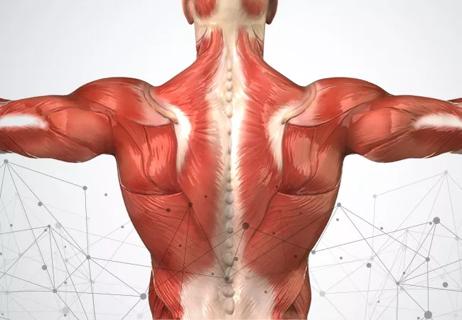
Data system aims to improve orthopaedic care and drive down healthcare costs